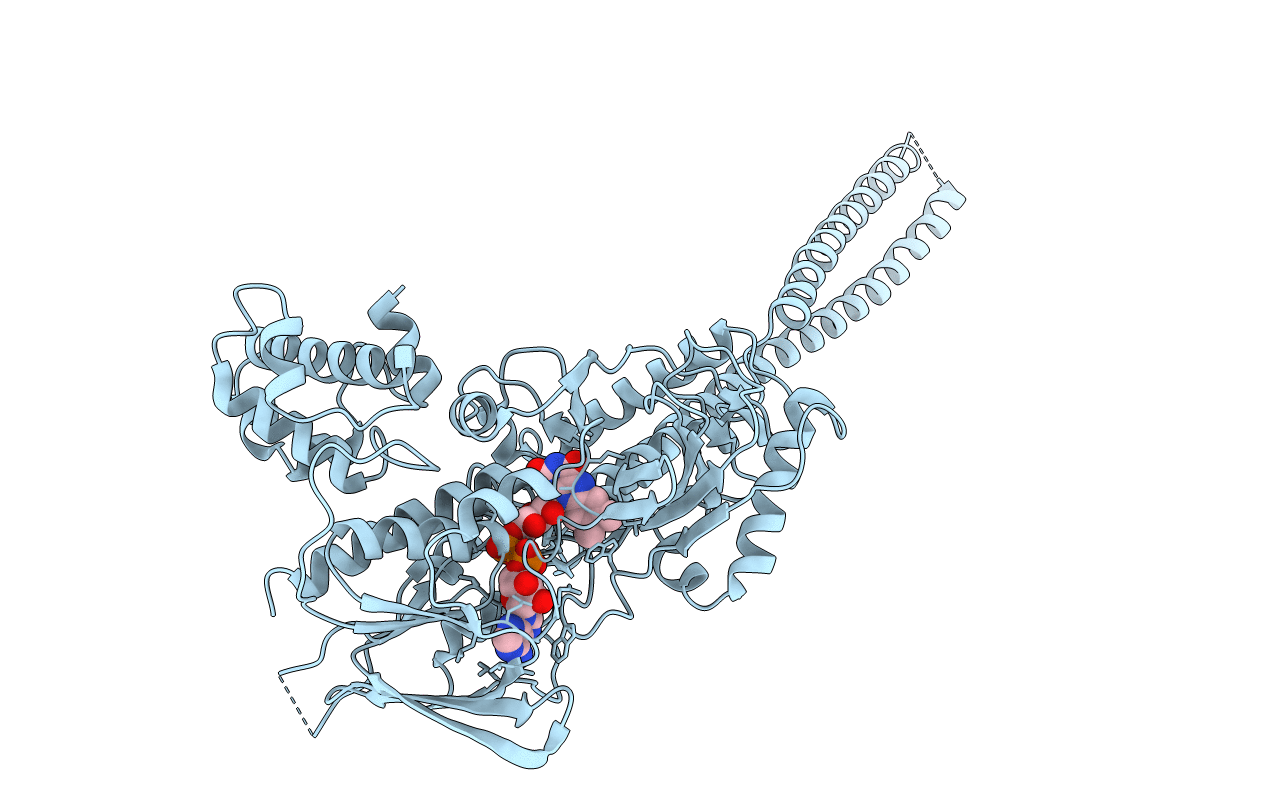
Deposition Date
2006-07-05
Release Date
2006-08-29
Last Version Date
2024-02-14
Method Details:
Experimental Method:
Resolution:
2.80 Å
R-Value Free:
0.28
R-Value Work:
0.23
R-Value Observed:
0.23
Space Group:
P 61 2 2


